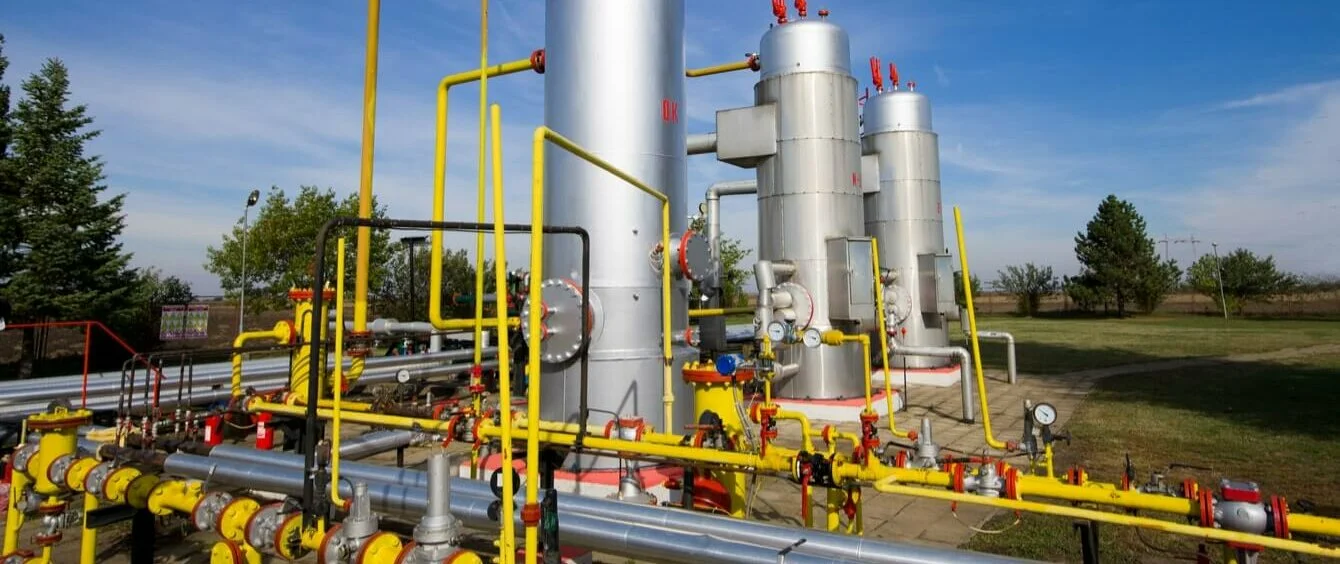For the next few years at least, consumption of natural gas in the European Union is set to rise, particularly if natural gas is slowly used to replace coal and nuclear power in order to secure electricity generation. At the same time, the EU member states themselves are winding down the subsidisation of natural gas. All things considered, this means one thing: the need for imports is growing.
Peter Zeniewski estimates that by 2025, gas supply in the European Union will be secured through long-term supply contracts. After this time, it would be necessary to secure new contracts and, according to the International Energy Agency (IEA) Energy Analyst, maybe even new suppliers. But Zeniewski notes in his commentary ‘A long-term view of natural gas security in the European Union’ that he is not concerned that this could be overlooked. He believes that the relevant ministries are very much focussing on where the gas is to come from.
Steady imports through flexible internal market and more modern buildings
It is just as important to switch things up internally in order for gas imports to run more smoothly than before. The author highlights two parameters in particular: physical trading capacity between member states and the demand profile.
On the one hand it is necessary to eliminate bottlenecks in the EU internal transport network. Although it may be true that 75 percent of natural gas in the EU is already consumed in a “liquid, competitive market”, some countries – especially in the southeast of the EU – still have limited access to this market due to inadequate lines. The existing regasification plants for liquefied natural gas (LNG) are also not ideally connected to the European gas network. According to Zeniewski, it is impossible to export around 40 percent of the regasified LNG to neighbouring countries.
Most of the time, this is not an issue. However, bottlenecks logically occur precisely when the gas is most urgently needed: in the winter months gas consumption in the EU is around twice as high as in the summer. This can largely be solely attributed to the heating of buildings. Zeniewski writes that if two percent of the existing buildings were modernised every year from 2021, then monthly peak demand would drop by 25 percent by 2040. As a result, about 1.5 times the amount of gas would be permanently available for the generation of base-load electricity – gas which would otherwise require import capacity to be increased just to secure supply for just those few weeks of peak consumption per year.
Photo credits: Budimir Jevtic, shutterstock.com
